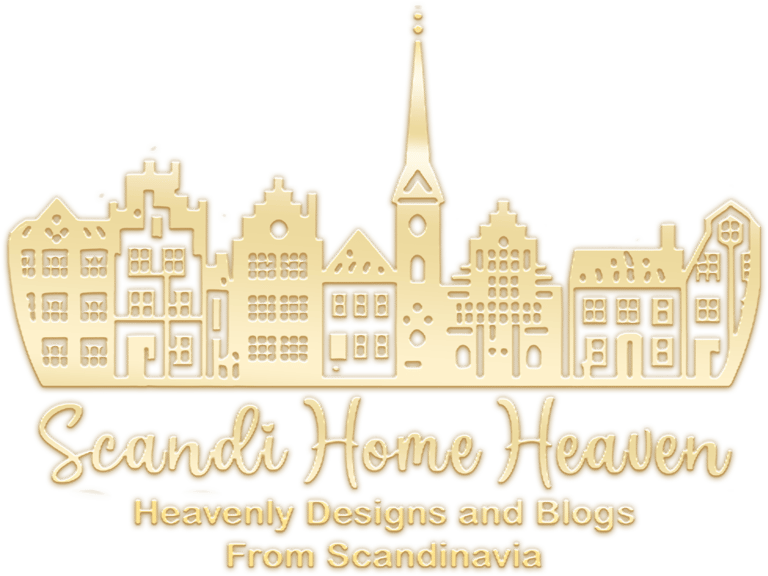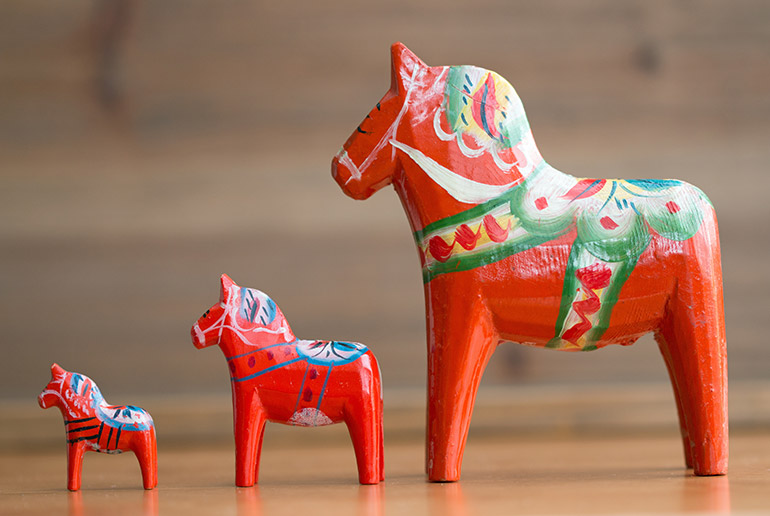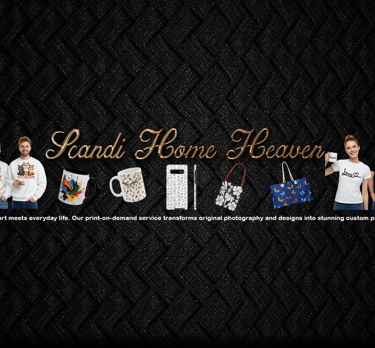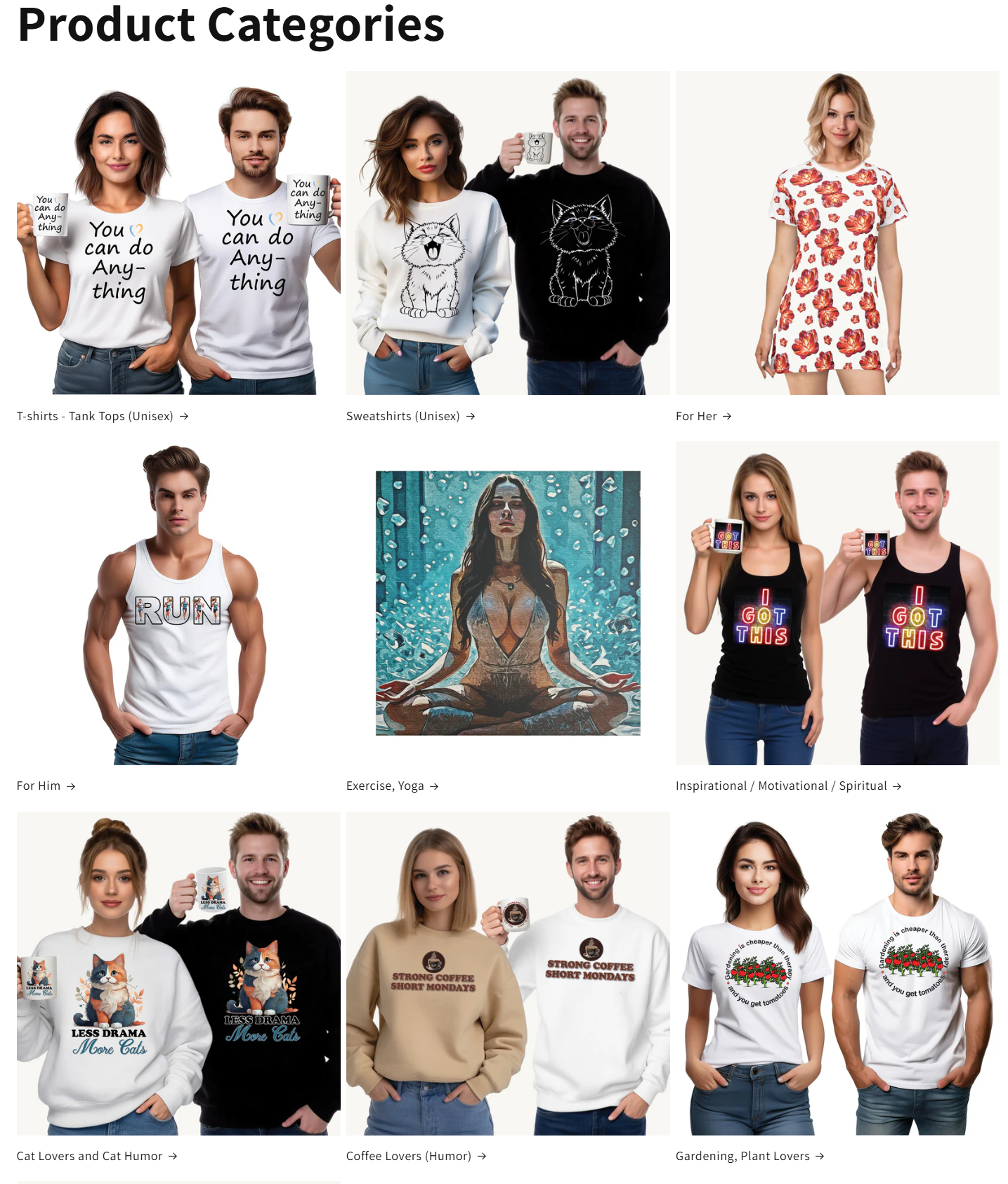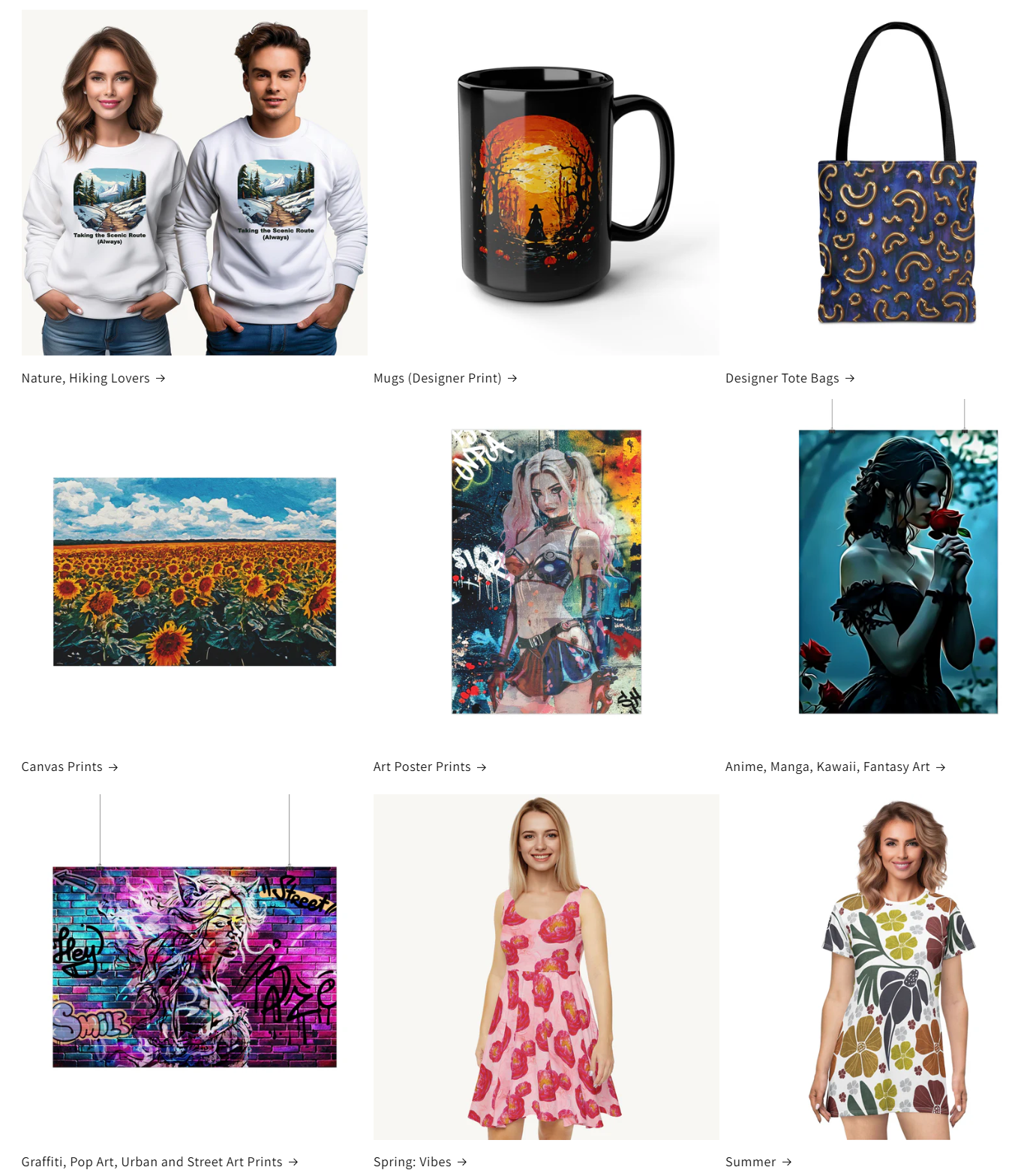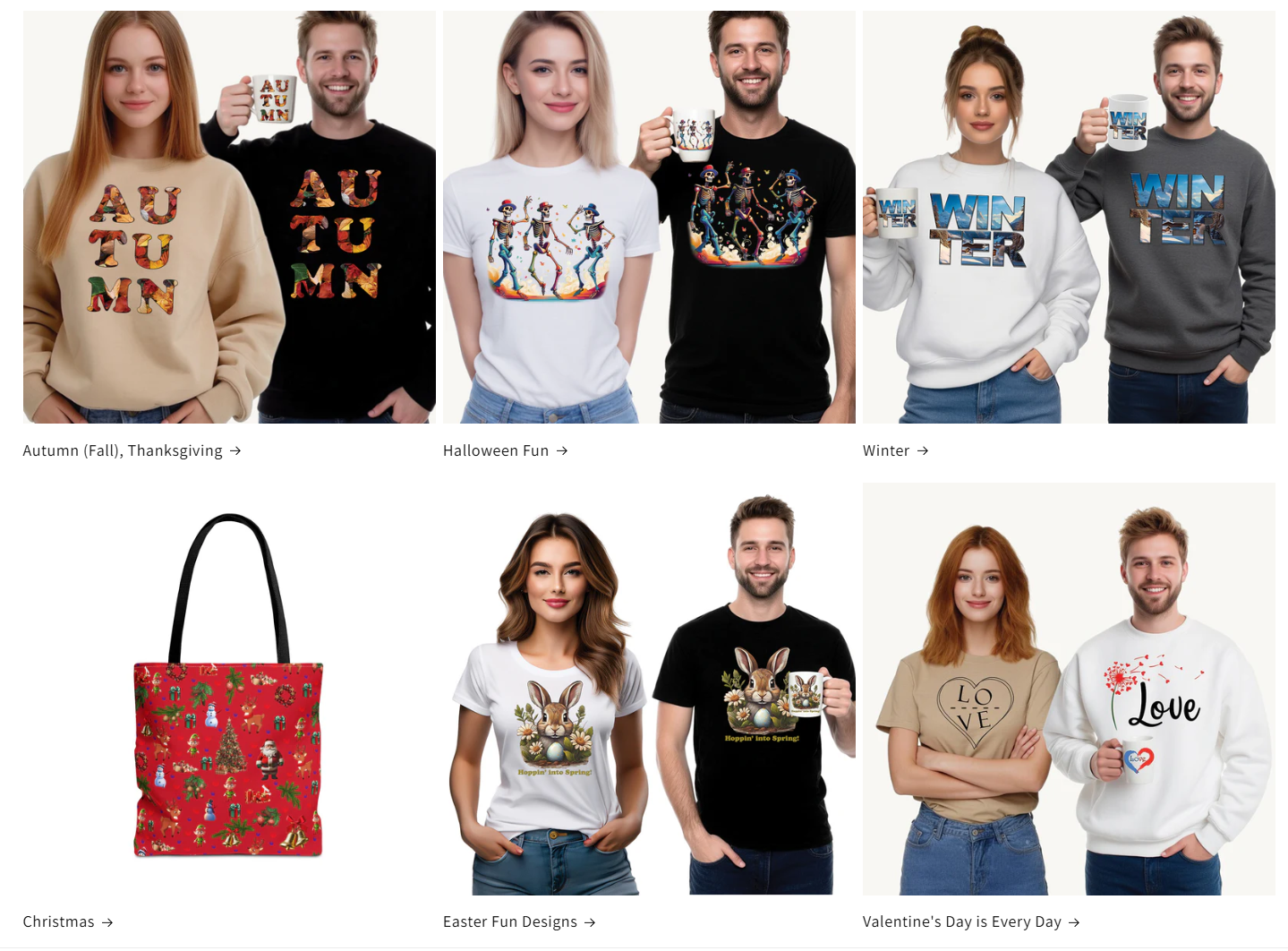This is why "Scandinavian Folk Art" is so popular around the world (2024)
"Scandinavian folk art" represents a vibrant and integral aspect of Nordic culture, embodying the rich traditions and artistic expressions of the Scandinavian region. This region, comprising Norway, Sweden, Denmark, Finland, and Iceland, boasts a diverse and unique contribution to the folk art tradition, each country offering its own distinctive styles and motifs.
HOME
Peter
6/26/20249 min read
Introduction to Scandinavian Folk Art
Folk art from Scandinavia is a very colorful and intrinsic part of the Nordic cultures, rich in traditions and in artistic expression. The countries that make up this region—Norway, Sweden, Denmark, Finland, and Iceland—make for the most varied and unique contribution on earth toward the tradition of folk art, with each country giving its own particular styles and motifs.
The importance of Scandinavian folk art does not only lie in its aesthetic value but also in its cultural value as a repository. It carries the total identity and heritage of the Scandinavian people, showing their contemporary lifestyle, beliefs, and values. The historical background of this artistic tradition is traced from the Viking Age and medieval times, in which the skill of craftsmanship and the art of storytelling were intertwined with the fabric of society.
Norwegian folk art is famous for marvelously carved wooden items and a vivid rosemaling tradition. Swedish folk art is famous for Dala horses and traditional textile patterns, while Denmark's contribution includes beautifully crafted furniture and ceramics. The folk art of Finland abounds in a wealth of woven textiles and nature-inspired motifs, while the artistic heritage of Iceland is represented by inimitable woolen goods and medieval manuscripts with elaborate illustrations.
The deeper into the specifics of Scandinavian folk art that a person goes, the more obvious it becomes that this tradition is really a tapestry of regional variations and influences. Every piece—be it a simple wooden carving or complex in textile pattern—is held within a story deeply rooted in the past, yet always provoking contemporary artistic expressions. It is the perfect introduction to a comprehensive overview of the multifaceted and captivating world of Scandinavian folk art.
Characteristics and Themes
The rich tapestry that is Scandinavian folk art is comprised of many particular characteristics that describe the natural landscape, folklore, and everyday life of the Nordic people. The first place in this Hall of Fame undoubtedly belongs to bright colors and complex patterns. Floral patterns, figures of animals, and geometric shapes thus find a common place in most forms of Scandinavian folk art, showing their deep relation with nature. These motifs not only serve to beautify everyday objects but also tell stories and represent values.
Floral patterns are especially very common in rosemaling, a traditional form of decorative painting from Norway. Rosemaling is characterized by flowing and stylized floral patterns that are generally executed on wood with bold colors. The art epitomizes both the Nordic people's awe of nature and also their high level of manual skills. Animal figures can be found in Scandinavian folk art, symbolizing regional fauna and its importance in Nordic mythology and everyday life. It mainly depicts creatures like reindeer, birds, fish, and so on, usually done mostув stylised and sometimes nearly abstract.
Geometric designs are also major elements of Scandinavian folk art, particularly manifest in weaving and textile work. Such patterns are not only beautiful but also practical, for the repeating sequences can be easily worked into a given design for a specific use, ranging from simple lines to complicated interlocking shapes. The connection with Scandinavian folk art is also represented through natural materials: wool, wood, and linen. These materials are at one's fingertips in the Nordic country and are transformed into objects of beauty and utility—from textiles woven into intricate wooden pieces that are carvings.
The meaningful visual elements used in Scandinavian folk art are also heavily influenced by folklore and mythology. Narratives of fabulous creatures, gods, and heroes are an important subject in folk art, informing and illustrating the informal bridge between yesterday and today. In this rich narrative tradition, stories are added to the object and thus invest it with meaning, beyond decoration alone, to form a basis for cultural identity.
Introduction to Scandinavian Folk Art
Techniques and Materials
Scandinavian folk art shows an extremely attentive rendering of different techniques and local materials transferred from generation to generation. Wood carving, embroidery, and textile production are probably at the very forefront of the techniques applied to all this beauty, each requiring special skills and tools.
One of the cornerstones of Scandinavian folk art is woodcarving—the intricate carving of wood into the required shapes for both decorative and functional items. Artisans use chisels, gouges, and knives to carve patterns and figures, mostly from nature and mythology. First of all, good, sustainable wood—usually from local forests—is chosen. It is then seasoned to avoid warping and splitting. Thus, carving goes through phases: starting with the rough shape, after which detailed work is done, and then sanding and polishing to bring out the beauty of the wood.
Scandinavian folk art embroidery is characterized by bright colors and intricate motives. Details of the motives are executed on garments, home textiles, and ritual objects using traditional cross-stitch, satin stitch, and chain stitch techniques. This kind of embroidery starts with a ground fabric, usually linen or wool, and then dyeing threads with natural dyes. These patterns were carefully copied from generation to generation to ensure the continuance of this cultural heritage. Quite often, the finished pieces told a story or illustrated scenes from everyday life and folklore.
The second major area of Scandinavian folk art is textile production: weaving, knitting, and felting. Weaving uses a loom to interlace threads into fabric; in knitting, this is achieved by the use of needles creating interlocking loops of yarn. felting compresses the wool fibers into dense, hard-wearing textiles by means of moisture and pressure. Thus, these methods use locally obtained wool, natural dyeing methods, and other techniques that focus on sustainability and environmental stewardship. These are functional textiles; however, they are charged with meaning and, therefore, artistic expression.
It speaks to the level of artistry indicative of Scandinavian folk arts and to the dedication of the many different artisans continuing to practice and pass them on. In this way, traditional techniques and materials can facilitate long-term cultural retention while gifting sustainable practices that allow this richness of creativity to be passed down through generations to come.
Cultural and Historical Influences
Scandinavian folk art is steeped in the cultural and historical landscape that typifies the Nordic region, denoting centuries of evolving tradition and external influences. The first and foremost of the cultural influences regarding Scandinavian folk art is the heritage of the Vikings. The stylistic elements of Nordic folk art were influenced to a great degree by the involved designs found in ship carvings and weaponry attributed to the Vikings. These designs very often interwove patterns, zoomorphic motifs, and mythological themes that are prominent in contemporary Scandinavian decorative arts.
Christianity brought a new raft of symbols and iconography into the Nordic countries, sweeping through Scandinavian folk art. Christian themes—like the cross, scenes from the Bible, and saints—now began to feature on everything from church decorations to everyday objects. This mixing of pagan and Christian elements developed a unique artistic language characteristic of Scandinavian folk art.
Interactions with the neighboring cultures, though, also played a leading role in Scandinavian folk art. On one hand, trade and migration led to the dispersal of thoughts and skills, resulting in different forms of artistic tapestries. For example, the work of Germanic and Slavic cultures is eminent in the intricate embroidery patterns and woodcarvings that seem to characterize Scandinavian folk art. These cross-cultural exchanges provided continuous artistic repertoire and added to the heterogeneity of the vivid tradition in the region of the Nordics.
In this way, historical events—like migrations and trade—acted as a drive for the development of Scandinavian folk art styles and techniques. The movement of people and goods across regions increased the usage of new materials and methods. For example, the adoption of bright aniline dyes in textiles during the 19th century was a product of increased trade with other parts of Europe. Each of these historical influences is manifest in vivid colors and dynamic compositions that seem to define much of Scandinavian folk art.
Among others, examples of such influence can be found in the following kinds of Scandinavian folk art. The Rosemaling tradition in Norway is characterized by influences from the Vikings and Christians, through the use of intricate floral patterns and vivid colors. Another classic example would be the Dala horse from Sweden: a wooden horse carved and painted that contains both local and foreign artistic features. In this lies an extremely rich cultural and historical influence, which has been modeled and built upon by this Scandinavian tradition in folk art—a heritage that continues to inspire artists and artisans today.
Modern Interpretations and Revival
In fact, the revival in this art form has taken place within the past few years as many contemporary artists and designers have revisited the traditional motifs and techniques of Scandinavian folk art. It is no nostalgic search for the past, but a dynamic reworking of what has existed since ancient times. Classic designs are mixed with modern-day aesthetics by today's creators of art, generating individual works that make statements with contemporary audiences while maintaining respect for their ethnic origins.
Festivals, museums, and cultural institutions are highly instrumental in this revival. The Nordic Folk Art Festival or events at prestige institutions such as the National Museum of Denmark provide both artists with an opportunity to present their work, and the public the possibility to familiarize themselves with these dynamic traditions. Such meetings promote more than the diversity of Scandinavian folk art; they strengthen group identity and cultural permanence.
It has also spawned a revival in Scandinavian folk art. Unique, authentic items, handmade by a human being, have increased in value during this age of mass production. Artists are returning to the ancient techniques—carving wood, weaving, and embroidering—to imbue them with new twists that present a feel modern in taste. This marriage of past and present transposes into folk art-inspired home décor and fashion items that have become ultra-popular, fitting so well into modern lifestyles while capturing the very essence of Nordic tradition.
Moreover, its incorporation into contemporary home decoration and fashion underlines its versatility and timeless value as folk art. From intricately designed textiles and ceramics to jewelry and garments, aspects of Scandinavian folk art are making their way into items of everyday use, beautifying life with knowledge in their presence. These artistic traditions stay alive through modern revival but also ensure a further evolution, reflecting the dynamic nature of Scandinavian culture.
Conclusion:
The Timeless Legacy of Scandinavian Folk Art
Scandinavian folk art mirrors the intricate designs and strong traditions that characterize the rich cultural heritage of the Nordic countries. In this blog post, we looked through the different elements which go to make up this artistic tradition, from the history surrounding its beginnings to the forms it takes and some of the techniques involved. The vivacity of Scandinavian folk art does not stop there but carries into modern times, showing just how strong, vigorous, and creative the Nordic spirit has really been.
These traditions are important for cultural identity, but more important for passing the skills and knowledge to the next generation. It is a sign that Scandinavian folk art does not stop here; on the contrary, in contemporary applications, where the mixture of traditional motifs and techniques becomes relevant to modern contexts. It blends the old with the new, and hence, Scandinavian folk art becomes living and dynamic.
Be enchanted by the beauty and ingenuity of Nordic folk art. Support local museums that compile their own collection of folk art—one which gives them a view into the past, yet one through which folk art is still alive today. Workshops to learn traditional crafts will help you start to appreciate the skills not only of the artisan but also the culture that stands behind an object. It means that by buying from these masters who preserve traditional ways of producing their art, you provide for the preservation and further development of Scandinavian folk art.
Scandinavian folk art is more than just decoration; it is a lively picture of Nordic history, culture, and identity. The future urges itself upon us to foster and promote these artistic traditions so that they may always remain alive as part of our common cultural heritage. Celebrate with me this legacy of Scandinavian folk art, and let us further investigate its rich tapestry of creativity.
Welcome to my world of creative expression! Based in the heart of Copenhagen but reaching customers worldwide, I bring over 500 unique designs to life on t-shirts, hoodies, mugs, and more. Passionate about graphic design, I combine Nordic inspiration with global appeal to offer stylish, high-quality merchandise through Shopify/Printify and Teepublic. Whether you’re looking for a cozy sweatshirt or a personalized Coffee Mug, each product is crafted to make everyday moments extraordinary.
Explore, express, and enjoy!
Advertisment for our Merchndise Shop
